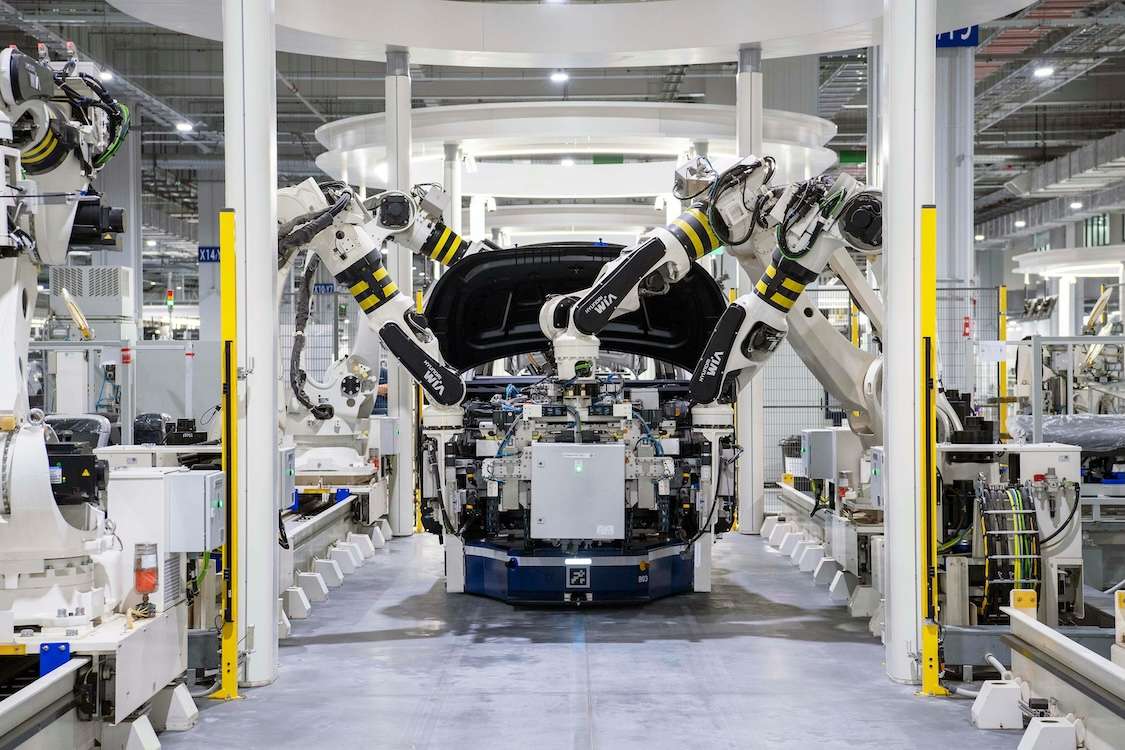What To Know
- Strong economic growth, a large manufacturing base, and rising labor costs in certain Asian nations are all driving the use of industrial automation in the region.
- Small and medium-sized businesses (SMBs) and tasks that need people and robots to work together turn to these much smaller industrial robots because they are easy to program, flexible, and cost less than traditional industrial robots.
The Asia-Pacific region is quickly becoming a global leader in robotics and industrial automation. Strong economic growth, a large manufacturing base, and rising labor costs in certain Asian nations are all driving the use of industrial automation in the region.
Key Factors and Market Changes
There are a number of factors spurring the growth of robotics and industrial automation in the Asia Pacific region.
As labor costs rise in many Asian economies, automation is becoming a more appealing and cost-effective option for manufacturers. Advanced automation technologies are also needed because people want more reliable and consistent products, more efficient production processes, and more flexible production processes and schedules.
Regional governments are also actively pushing for automation through programs and incentives to make businesses more competitive and boost economic growth, especially against a backdrop of global turmoil and uncertainty. The aging population in some Asian economies, like Japan, Singapore, and South Korea, is also making it harder to find workers locally, which is speeding up the use of robots even more.
The dreaded pandemic, with the sustained lockdowns, made it even more clear how important automation is for keeping businesses running without massive losses. Companies saw that they needed to rely less on manual labor and be more flexible in their operations when things went wrong. These developments led to businesses turning to robotics and automation, not just in manufacturing plants, but even in hospitality businesses as well.
Collaborative Robots (Cobots)
Cobots, which are made to work safely with people, are becoming very popular in the Asia Pacific region. Small and medium-sized businesses (SMBs) and tasks that need people and robots to work together turn to these much smaller industrial robots because they are easy to program, flexible, and cost less than traditional industrial robots. Cobots are being used in many different fields, such as assembly, moving materials, quality control, and service industries such as food preparation.
Vendors in Asia Pacific
There are both large global companies and strong regional vendors in the Asia Pacific robotics and automation market. Some important robotics companies based in Asia Pacific are:
FANUC is a Japanese company known for industrial robots, CNC systems, and factory automation.
Yaskawa Electric Corporation is a Japanese company known for industrial robots and motion control systems.
ABB is a European company entrenched in several locations in Asia. The company offers a range of robots, automation systems, and electrification solutions.
Kawasaki Heavy Industries is a Japanese company that makes a wide range of things, including industrial robots and automation systems.
Hyundai Robotics is a robot vendor in South Korea that makes both industrial robots and cobots.
Siasun Robot is a mainland Chinese company that manufactures robots and automated equipment.
Estun is a mainland Chinese company that sells industrial robots and motion control solutions.
Beyond these larger concerns, there are smaller and emerging robotics and automation businesses throughout Asia Pacific.
Adopters
There are companies, large and small, in diverse sectors that have embraced robots and automation systems throughout Asia-Pacific. For example:
Automotive: Major automotive companies such as Toyota, Honda, and Hyundai have been adopting industrial robots in their assembly lines.
Electronics: Leading vendors such as Samsung, LG, and Foxconn have extensive automation for manufacturing smartphones, semiconductors, and other electronics.
Manufacturing: Companies in many sectors, including food and beverage, pharmaceuticals, and consumer goods, are increasingly adopting robots for packaging, palletizing, and quality control (QC).
Logistics and Warehousing: Companies in e-commerce, logistics, and even supermarkets are investing more in warehouse automation, including autonomous mobile robots (AMRs) and automated storage and retrieval systems (AS/RS).
The Future
The robotics and automation market in Asia Pacific looks promising, with some key trends such as
Increased adoption of cobots, which are expected to see even more adoption, particularly in SMBs and in applications requiring closer human-robot interaction. This may also be due to space-constrained businesses that need automation alongside human workers, rather than fenced areas for larger industrial robots.
Advancements in Artificial Intelligence (AI) and Machine Learning (ML) may enable robots to perform more complex tasks, improve decision-making, and adapt to changing environments, perhaps even autonomously at some point.
Connecting robots and automation systems with the Industrial Internet of Things (IIoT) can help with real-time data collection, predictive maintenance, optimized production processes, and safety controls (including potentially for cybersecurity).
Robots are increasingly being deployed in non-traditional industrial settings, such as healthcare, agriculture, construction, and hospitality.
As industries become more specialized, there may be a greater need for tailored robotics and automation solutions to meet specific requirements.
The Asia Pacific region is a vibrant and rapidly evolving market ripe for robotics and industrial automation. Driven by economic factors, technological advancements, and a growing awareness of the benefits of automation, the adoption of robots and cobots is transforming industries.
###




